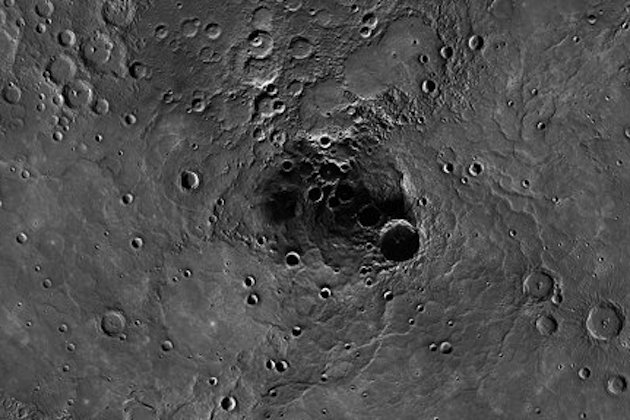LONDON (Reuters) – Anyone dusting off their copy of George Frederic Handel‘s “Messiah” in the run-up to Christmas this year might spare a thought for the unsung hero of the piece.
Without Charles Jennens, experts argue that the 18th century oratorio would never have been created, robbing Western choral music of one of its greatest works.
Handel House Museum, located in the cozy London home where the German-born composer spent much of his life, is seeking to put the record straight about a man who, for many reasons, has been passed over by history.
“The Messiah would not have been written without him,” said the museum’s director Sarah Bardwell of Jennens, who lived from 1700 to 1773.
For landowner and patron of the arts Jennens, the words to the Messiah were an expression of deeply held Protestant beliefs, and he was determined that Handel, a composer he had long championed, set it to music.
The words, famously opening with “Comfort ye”, are not Jennens’ own but carefully selected verses from the Bible as well as a small number of psalms from the Book of Common Prayer.
“If you listen to the words it’s all to do with your relationship with God as in the individual, there’s none of the big theological questions,” Bardwell told Reuters.
“Everyone can relate to the Messiah, even beyond Christianity on some level,” she added. “I think that’s why Jennens is so instrumental.”
FRIEND AND BENEFACTOR
Jennens, whose family fortune came from iron, was a friend of Handel and a major backer, subscribing to his music and providing the texts for “Saul”, “Belshazzar”, “L’Allegro, il Penseroso ed il Moderato” and probably “Israel in Egypt”.
So important did Handel consider Jennens that he referred to “your oratorio Messiah” in a letter to the librettist and made a detour on his way home from its premiere in Dublin to visit Jennens and tell him of its success with audiences.
The exhibition, “The Man Behind Messiah”, includes Handel’s autographed score of Saul which Jennens also annotated, suggesting changes to the composer’s work including a different entry point for the words “impious wretch”.
Yet Jennens’ name never appeared on scores, helping to explain why his contribution is largely unknown. An intensely private man, Jennens had reasons for remaining anonymous.
As a “non-juror”, or someone who did not endorse the Hanoverian royal dynasty that succeeded the House of Stuart, he was effectively barred from holding positions of authority.
And when, late in life, he published groundbreaking single-volume editions of some of Shakespeare’s most famous plays, he was attacked by a rival, Shakespearean commentator George Steevens (Eds: correct), and, thus, once again overlooked.
“It’s another reason he becomes kind of cut out of history,” Bardwell explained. “It’s been a fascinating insight into how people can just be written out of history.”
Ironically, despite his fundamental role in the Messiah and some of Handel’s other great oratorios, Jennens was not the biggest fan of a work that took less than a month to compose.
“He just thought Handel maybe rushed it off too quickly,” said Bardwell. Ruth Smith, the curator of the exhibition, believes Handel had the manuscript for about 18 months before he started work on it.
“For it to be rattled off in three weeks, I think Jennens felt that maybe he hadn’t done himself justice.
“I don’t think he ever quite got over his opinion that it wasn’t as good as he had hoped it was going to be. I think that also doesn’t help his reputation. I’m not sure he ever quite recovered from that.”
The Man Behind Messiah runs until April 14, 2013.
(Reporting by Mike Collett-White)
Music News Headlines – Yahoo! News












